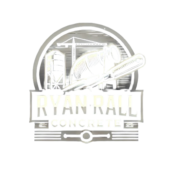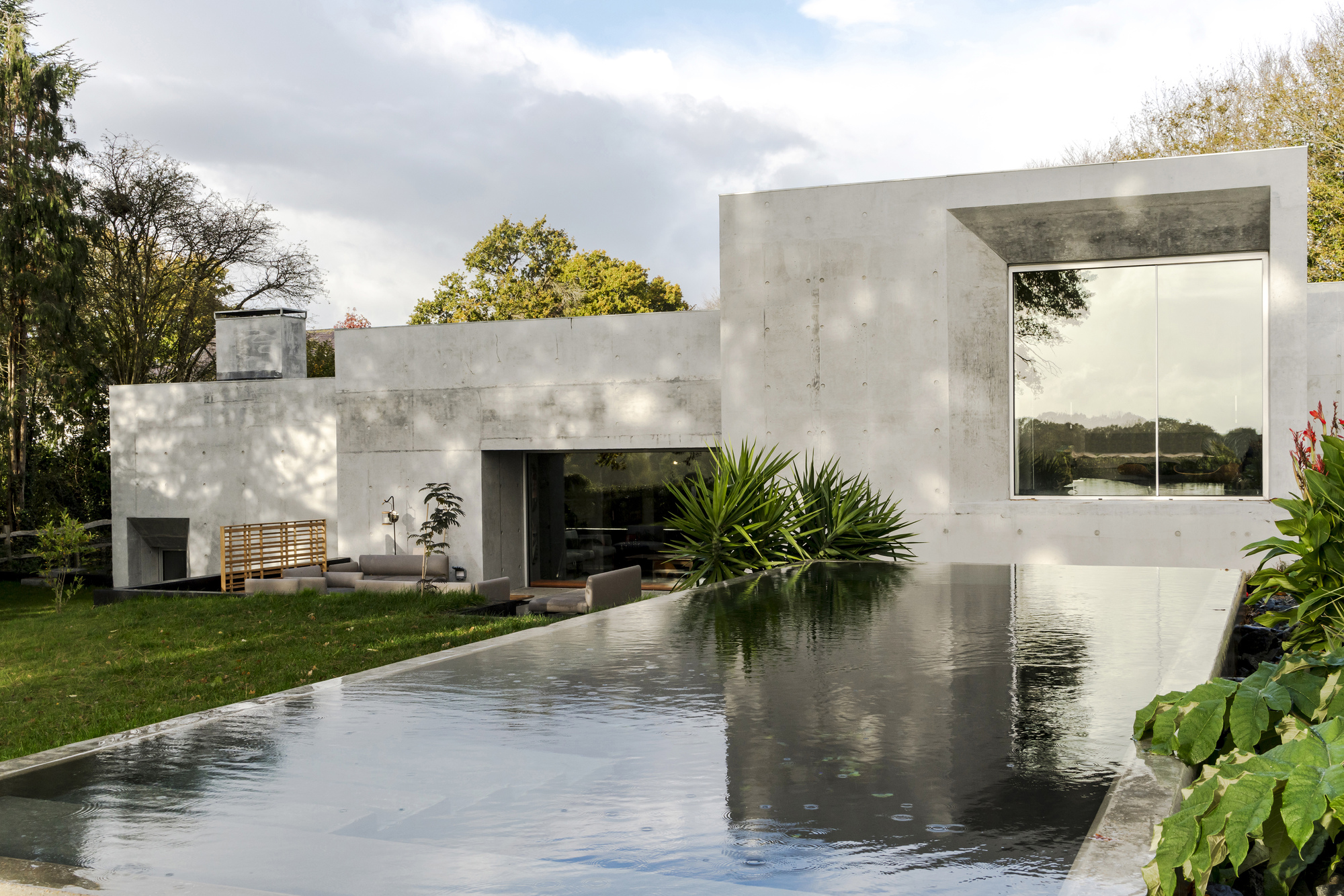Concrete is not just a functional material; it can also be an aesthetic asset. Whether you’re updating your driveway, patio, or interior floors, the finish you choose can significantly impact the overall look and feel of your home. This article explores various concrete finishes that homeowners can consider, each offering unique benefits and styles to suit different tastes and needs.
1. Polished Concrete
Polished concrete is achieved through a process of grinding and honing the surface of the concrete slab. The result is a smooth, glossy finish that can range from a subtle sheen to a high-gloss shine.
Benefits:
- Durability: Resistant to scratches, stains, and general wear.
- Low Maintenance: Easy to clean and maintain with regular sweeping and occasional damp mopping.
- Reflectivity: Reflects light, which can brighten up spaces and make them appear larger.
Ideal For: Modern interiors, commercial spaces, and high-traffic areas.
2. Stamped Concrete
Stamped concrete involves applying patterns and textures to freshly poured concrete using specialized stamps. This finish can mimic the appearance of natural materials such as brick, stone, or wood.
Benefits:
- Customization: Offers a wide range of patterns and colors to match various design themes.
- Cost-Effective: Provides the look of expensive materials at a lower cost.
- Versatility: Suitable for driveways, patios, walkways, and pool decks.
Ideal For: Outdoor spaces, decorative walkways, and patios.
3. Exposed Aggregate Concrete
Exposed aggregate concrete is created by removing the top layer of cement paste to reveal the stones or aggregates embedded in the concrete. This finish creates a textured, non-slip surface.
Benefits:
- Durability: Highly durable and ideal for high-traffic areas.
- Slip Resistance: The texture provides good traction, making it a safe choice for driveways and pool decks.
- Aesthetic Appeal: Offers a natural, rustic look that can be customized with different types of aggregates.
Ideal For: Driveways, sidewalks, and pool areas.
4. Stained Concrete
Stained concrete involves applying a chemical stain to the surface of the concrete. This stain penetrates the concrete to provide a rich, translucent color.
Benefits:
- Color Variety: Available in a wide range of colors, from subtle earth tones to vibrant hues.
- Aesthetic Depth: Creates a depth of color and pattern that enhances the appearance of the concrete.
- Customizable: Can be combined with other finishes like polishing for a unique look.
Ideal For: Interior floors, patios, and decorative concrete projects.
5. Overlay Concrete
Concrete overlays are thin layers of specially formulated concrete applied over existing concrete surfaces. They can be used to rejuvenate old surfaces or create a new look.
Benefits:
- Cost-Effective: Less expensive than removing and replacing existing concrete.
- Versatile: Can be textured, colored, or stamped to create various finishes.
- Repair Option: Ideal for covering minor cracks and imperfections in existing concrete.
Ideal For: Renovating old driveways, patios, and interior floors.
5. Overlay Concrete
Concrete overlays are thin layers of specially formulated concrete applied over existing concrete surfaces. They can be used to rejuvenate old surfaces or create a new look.
Benefits:
- Cost-Effective: Less expensive than removing and replacing existing concrete.
- Versatile: Can be textured, colored, or stamped to create various finishes.
- Repair Option: Ideal for covering minor cracks and imperfections in existing concrete.
Ideal For: Renovating old driveways, patios, and interior floors.
6. Colored Concrete
Colored concrete involves adding pigments to the concrete mix to achieve a desired color. These pigments can be either integral (mixed in during batching) or applied as a topical stain.
Benefits:
- Customization: Provides a wide range of color options to match or complement your home’s design.
- Consistency: Integral coloring ensures that the color is uniform throughout the concrete.
- Aesthetic Appeal: Can be used to create vibrant, custom designs or subtle tones.
Ideal For: Driveways, patios, and interior flooring.
8. Troweled Finish
A troweled finish is achieved by smoothing the surface of the concrete with a trowel. This finish can be left smooth or given a slight texture depending on the level of finishing.
Benefits:
- Smooth Surface: Provides a sleek, smooth appearance.
- Flexible: Can be customized with additional textures or finishes.
- Durable: Suitable for both indoor and outdoor use.
Ideal For: Interior floors and smooth, clean exterior surfaces.
9. Concrete Wash
Concrete wash involves applying a thin layer of a colored or clear wash over the surface of the concrete. This creates a subtle, textured effect that enhances the concrete’s natural appearance.
Benefits:
- Subtle Texture: Adds a light texture and color to the concrete surface.
- Enhances Natural Look: Highlights the natural characteristics of the concrete.
- Low Maintenance: Easy to maintain with regular cleaning.
Ideal For: Decorative concrete surfaces and custom finishes.
Conclusion
Concrete finishes offer a wide range of options for homeowners looking to enhance their spaces with durable and attractive surfaces. Whether you prefer the sleek look of polished concrete, the textured appeal of exposed aggregate, or the customizable options of stained and colored concrete, there is a finish to match every design vision and functional need. By understanding the benefits and ideal applications of each finish, you can make informed decisions that enhance both the aesthetic appeal and performance of your concrete surfaces.



